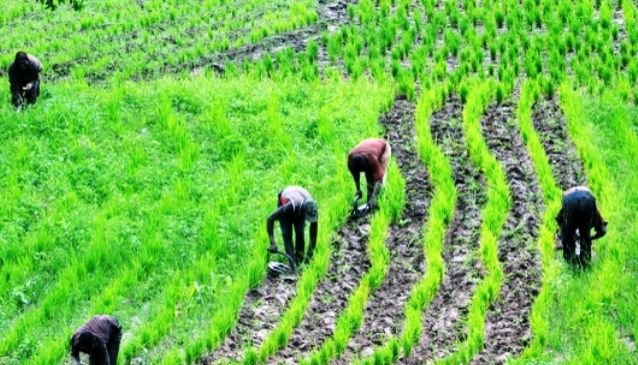Flooding is a common natural disaster in Nigeria. Flooding occurs in the country on an annual basis, causing massive losses in the billions and trillions of naira. For example, Nigeria experienced its worst flooding in recent history in 2012. According to a post-disaster assessment survey, the flood must have cost Nigeria N2.6 trillion (US$16.9 billion).
According to the Nigerian government, more than 2.5 million people have been affected by the devastating flooding in Benue, Kogi, Anambra, and other states.
Why this is happening
Heavy rains, the negative effects of climate change, and the release of excess water from the Lagdo Dam in Northern Cameroon have all been blamed for the flood. 27 of Nigeria’s 36 states were affected as of last week.
Other sectors that are heavily affected include
Oil and gas
High floodwater levels in most gas operational areas have resulted in a shutdown of gas production, causing significant disruption in gas supply to NLNG. For example, flood water recently took over the Utorogu Natural Gas Plant in Ughelli Delta State, which supplies gas to the West African Gas Pipeline (WAGP) system.
This development in manufacturing plants may reduce Nigeria’s foreign earnings and exacerbate the country’s financial crisis.
Transportation
Flooding has washed out many roads and bridges that people use on a daily basis. For example, the River Niger Bridge in Lokoja is experienced rising water levels, which has disrupted vehicle traffic along the route. The road that links Bayelsa state to other parts of Nigeria has also been washed away causing the flow of movements in and out of the state to completely cease. Travellers have been stuck for days and the flood shows no signs of reducing.
This unexpected development has put a halt to the easy passage of goods, services, and people.
Schools and Health sectors
The floods destroyed at least 257 schools and health facilities in Jigawa state. It has also resulted in lost learning hours, increased absenteeism, and the closure of schools across the country. The government has shut down Delta State University of Science and Technology, Ozoro, for two weeks due to the devastating flood that has affected most parts of the institution.
Similarly, low student turnout was observed in schools in the flooded areas.
Food and Agriculture.
The flood was said to have completely destroyed 332,327 hectares of farmland. Farmers are counting their losses as the floodwaters wash away their investments. In the Northeast, over 150,000 hectares of land worth over N30 billion have been destroyed.
Olam Rice Farm, Africa’s largest rice farm, has lost over $15 million in planted crops after flooding submerged 4,500 of its 13,500 hectares of rice farmland in Nasarawa State. Other flood-related infrastructure damages totaled $8 million, according to the company. Women farmers in the same state have also lost 500 million food crops due to flooding.
What else?
According to official figures from the Nigerian National Emergency Management Agency, the flood displaced approximately 2.3 million people, killed 363 people, and destroyed nearly 597,476 houses in 30 states (NEMA).
According to media reports, 1.4 million people have been displaced as a result of the recent floods. In addition, approximately 82,053 houses have already been damaged, with over 600 people killed. Meteorological agencies are warning that floods are still possible in states such as Anambra, Delta, Cross River, Rivers, and Bayelsa until the end of November.

